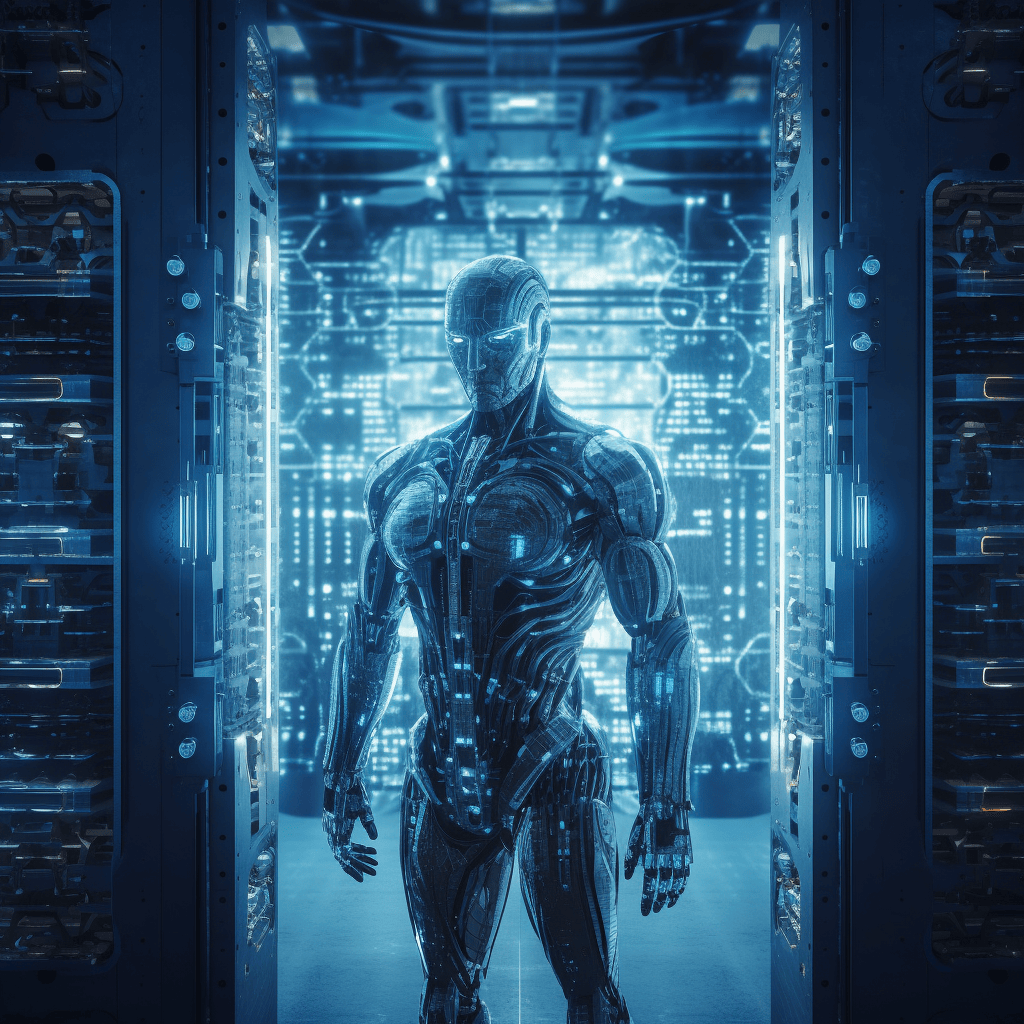
In today’s interconnected world, cybersecurity plays a critical role in safeguarding our digital assets. As artificial intelligence (AI) continues to advance, it brings both opportunities and challenges to the realm of cybersecurity. This article explores the landscape of AI and cybersecurity, highlighting the potential threats and providing actionable solutions to protect against them.
AI and Cybersecurity: Understanding the Risks and Solutions
As technology evolves, the risks associated with AI in cybersecurity become increasingly evident. It is essential to comprehend these threats and implement robust strategies to counter them effectively.
Threats Posed by AI in Cybersecurity
AI presents unique challenges in the cybersecurity landscape. By understanding these threats, organizations can proactively develop solutions to defend against them.
Threat 1: Malicious Exploitation of AI
Cybercriminals can leverage AI algorithms to identify vulnerabilities and launch sophisticated attacks that evade detection systems. These malicious AI attacks can lead to severe consequences such as data breaches, financial losses, and reputational damage.
Subheading Keyphrase: Malicious AI attacks
Solution: Building Adaptive Defense Mechanisms
To counter the threats of malicious AI attacks, organizations need to develop adaptive defense mechanisms. By deploying AI-powered systems that continuously learn and adapt to evolving threats, businesses can detect anomalies and respond proactively to mitigate risks. Implementing robust intrusion detection systems and leveraging AI-driven threat intelligence can significantly enhance cybersecurity resilience.
Subheading Keyphrase: Adaptive defense mechanisms
Addressing Insider Threats
Insider threats pose a significant challenge to organizations. With the advent of AI, these threats can become even more sophisticated, making detection and mitigation more challenging.
Solution: Leveraging Behavioral Analytics
To protect against insider threats powered by AI, organizations can utilize AI-driven behavioral analytics. By analyzing patterns of user behavior, AI algorithms can detect anomalies and raise red flags when suspicious activities occur. Strict access controls, regular employee training, and robust data loss prevention measures further enhance cybersecurity.
Subheading Keyphrase: Behavioral analytics
Combating AI-Powered Social Engineering
Social engineering attacks that exploit human psychology can become more targeted and convincing with the aid of AI. These attacks pose significant risks to individuals and organizations alike.
Solution: Strengthening Cybersecurity Awareness
Raising cybersecurity awareness is vital in mitigating the risks associated with AI-powered social engineering attacks. Organizations must invest in comprehensive cybersecurity training programs to educate employees about the latest threats and equip them with practical tips to identify and respond to suspicious messages or requests.
Subheading Keyphrase: Cybersecurity awareness training
Safeguarding Against Deepfakes and AI-Generated Content
The rise of deepfakes, AI-generated content that convincingly mimics real individuals, raises concerns about misinformation and reputational damage.
Solution: Advanced Detection Technologies
Deploying advanced detection technologies powered by AI is crucial in combating deepfakes. By analyzing facial features, voice patterns, and contextual cues, these technologies can accurately identify manipulated content. Organizations should invest in robust deepfake detection tools to mitigate the risks associated with AI-generated content.
Subheading Keyphrase: Advanced detection technologies
FAQs on AI and cybersecurity
To further clarify the topic, here are answers to some frequently asked questions:
Q: How does AI contribute to cybersecurity threats?
A: AI can be used by threat actors to launch sophisticated attacks, identify vulnerabilities, and evade detection systems, amplifying the risks in cybersecurity.
Q: What are some practical solutions to counter
AI-driven cybersecurity threats? A: Implementing adaptive defense mechanisms, leveraging behavioral analytics, raising cybersecurity awareness, utilizing advanced detection technologies, and ensuring secure data governance are effective solutions.
Q: How can organizations protect against insider threats powered by AI?
A: By implementing AI-driven behavioral analytics, strict access controls, employee training programs, and data loss prevention measures, organizations can enhance their ability to detect and mitigate insider threats.
Q: What are deepfakes, and why are they a concern in cybersecurity?
A: Deepfakes are AI-generated content that convincingly mimics real individuals. They pose a significant threat as they can be used for spreading misinformation, impersonation, and manipulating public opinion.
Q: How can organizations address data breaches and privacy concerns in the AI era?
A: Secure data governance practices, including encryption, anonymization, access controls, security audits, data classification, and compliance with regulations, are crucial in mitigating data breaches and privacy risks.
Q: What steps can organizations take to defend against adversarial attacks on AI systems?
A: Robust testing and validation processes, regular updates, ongoing monitoring, and analysis of AI algorithms are key steps to counter adversarial attacks.
Conclusion: Ensuring a Secure Future
In the digital age, the integration of AI and cybersecurity requires a proactive and comprehensive approach. By understanding the potential threats posed by AI in cybersecurity and implementing effective solutions, organizations can protect their digital assets and maintain a secure environment.
By building adaptive defense mechanisms, leveraging behavioral analytics, raising cybersecurity awareness, utilizing advanced detection technologies, and ensuring secure data governance, businesses can stay ahead of the evolving threat landscape.
As technology continues to advance, organizations must remain vigilant, adapting their defenses to counter emerging risks. By fostering a culture of cybersecurity awareness and collaboration, we can collectively create a safer digital landscape for individuals and businesses alike.
Remember, safeguarding against AI-driven cybersecurity threats is an ongoing effort. Stay informed, update your defenses, and embrace the power of AI to bolster your cybersecurity resilience.
Thank you for reading this article about AI and cybersecurity: Threats and solutions
